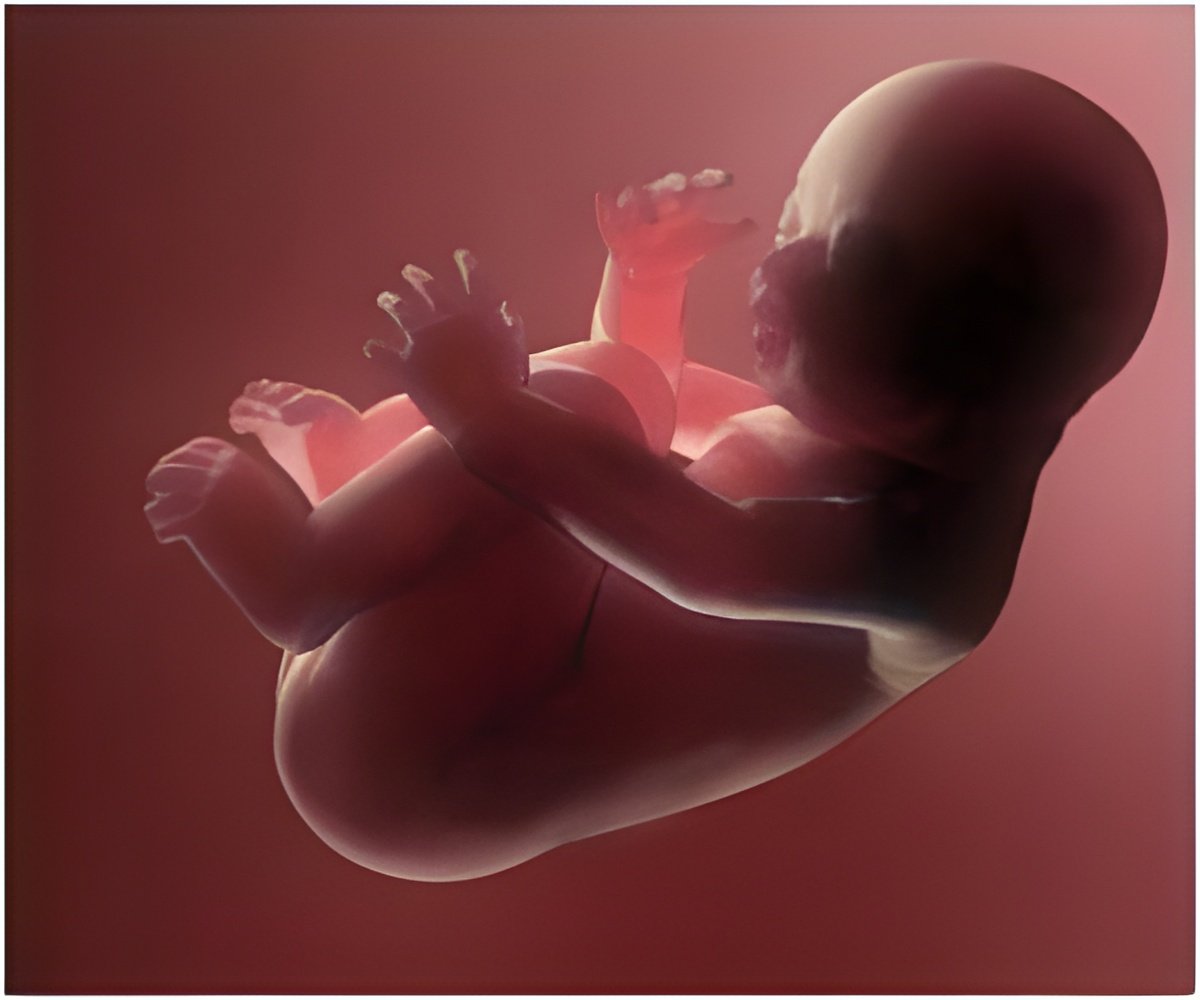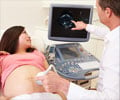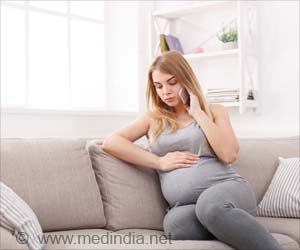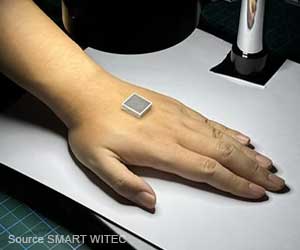New wearable motion sensors could reduce the risk of stillbirth by enabling expectant parents to hear their baby's heartbeat continuously even at home, reveals a new study.

TOP INSIGHT
Newly developed wearable motion sensors could enable expectant parents to hear their baby's heartbeat continuously at home. This new technique could potentially reduce the risk of stillbirth.
Read More..
"Almost a third of stillbirths occur in the absence of complicating factors," said Negar Tavassolian, an associate professor who led the work at Stevens. "Our device could let a pregnant woman know if her fetus is compromised and she needs to go to the doctor."
Many stillbirths are preceded by variations in fetal movement and heartrate, so affordable, lightweight monitors that detect vibrations generated from a heartbeat could be worn continuously in the final weeks of pregnancy to ensure that distressed fetuses receive prompt medical attention.
Tavassolian and first author Chenxi Yang, a graduate student at Stevens, teamed up with Bruce Young and Clarel Antoine, two OB-GYNs at New York University-Langone Medical Center to test their sensors. In experiments on 10 pregnant women, they found the device could detect fetal heartrate with about the same accuracy as fetal cardiotocograms (f-CTG), which measures the baby's heart electrical activity (ECG) together with mother's uterine contractions -- and considered the current standard for fetal monitoring.
A vibration monitor offers important advantages over existing tools based on ECG or Doppler ultrasound technology, which require specialized knowledge to use, and can be bulky and expensive. One leading monitor system currently on the market weighs more than 11 pounds and has a battery life of four hours; by contrast, the Stevens team's sensors are barely a fifth-of-an-inch long, weigh next to nothing, and can run off a 3-volt battery for more than 24 hours.
The new monitor also poses no risk to the fetus -- a concern with ultrasound monitors, which can heat tissue if used continuously for long periods. The Stevens team's monitor simply detects existing vibrations, like a doctor listening with a stethoscope. "Our monitors are completely passive, so there's no health concern," Tavassolian said.
The current device uses commercially available sensors, but the long-term goal is to patent and market a custom-built device. Costing far less than equivalent ECG or ultrasound systems, such a device could capture a significant share of the global market for fetal monitors, which is expected to reach $3.6 billion by 2022.
Source-Eurekalert
 MEDINDIA
MEDINDIA




 Email
Email



